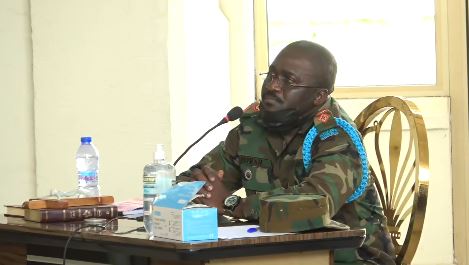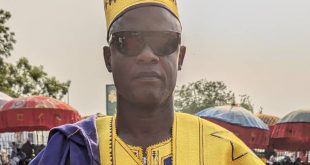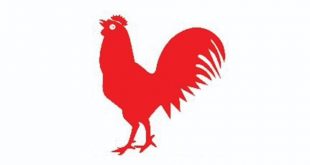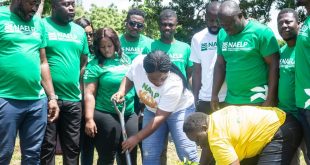The Commanding Officer for the 4th Infantry Battalion, Lt. Col. Kwesi Ware Peprah, says the soldier who was captured kneeling and aiming his gun at protesting youth at Ejura in the Ashanti Region, did not fire live rounds directly at the protestors.
According to him, the soldier only knelt and aimed the gun as a way of scaring the protestors.
He said such a posture is acceptable as part of the standard operating procedure the security agencies use in tackling protests such as the one that occurred in Ejura.
While admitting that kneeling is an indication of aiming to fire, he noted that none of the soldiers who knelt fired directly at the protestors.
Giving his testimony before the 3-member committee leading the public inquiry into the Ejura disturbances in the Ashanti Region on Wednesday, Lt. Col. Kwesi Ware Peprah said the soldiers as expected of them, gave verbal warnings and fired warning shots, but did not intend to shoot to kill any of the protestors.
“The first is a verbal warning, the second is to cock your weapons, to signal to the crowd that you are about to fire, the third is to fire warning shots, but the signal to scare them includes the kneeling, to aim.
As a matter of fact, the direction of the man [soldier] who knelt was such that no casualty came from that side. He didn’t fire. He fired only warning shots, but when he went down, he didn’t fire,” he told the committee.
Two people died in the protest last week, with the visibly armed soldiers invited to the scene being held responsible by local residents, but the military commander said the soldiers did not aim to shoot to kill.
He described the deaths as unfortunate and suggested that the deceased persons could have also been hit by shots fired from some protestors.
Four others were injured, and one of them, a sixteen-year-old boy, has had one of his legs amputated.
 HEROESNEWSGH The Biggest Gh News Platform
HEROESNEWSGH The Biggest Gh News Platform





